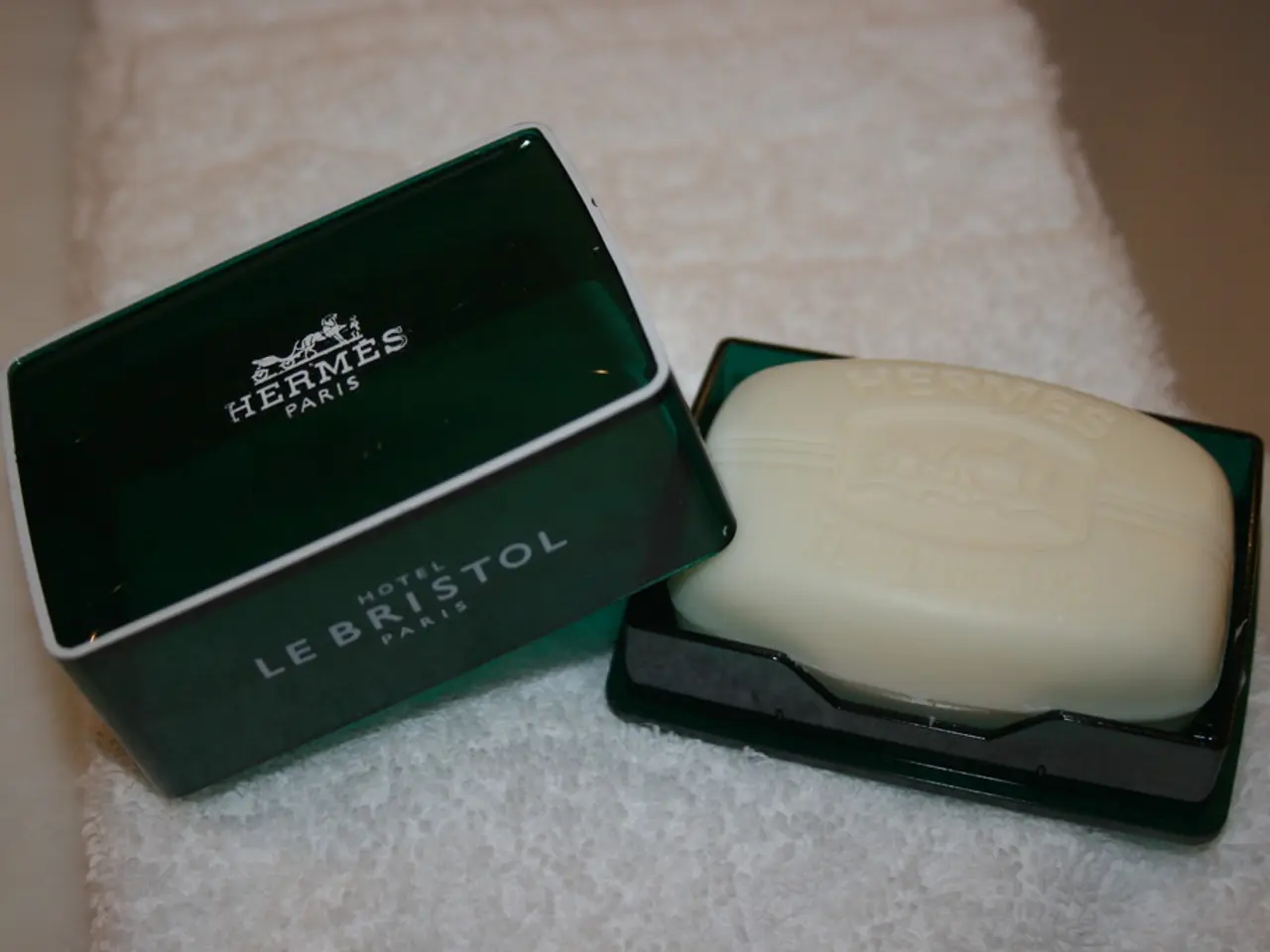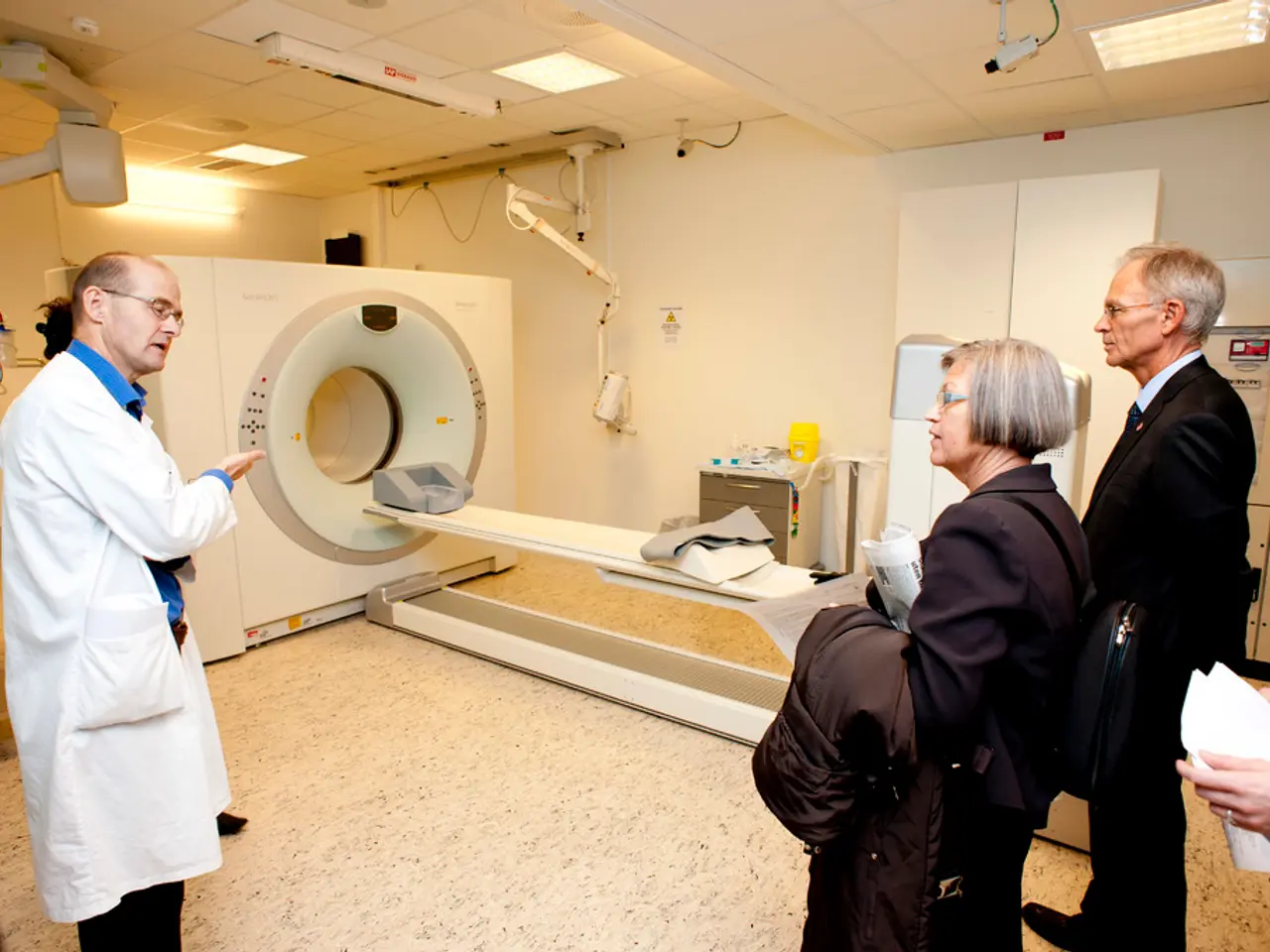Yellow patches on the skin: An Explanation
Yellow scabs on the skin can be a cause for concern, but understanding the difference between impetigo and cold sores can help in identifying the underlying cause and seeking appropriate treatment.
**Impetigo** is a contagious bacterial skin infection primarily caused by *Staphylococcus aureus* or *Streptococcus pyogenes* bacteria. It typically presents as red sores or blisters that rupture, ooze fluid, and then form characteristic yellowish or honey-colored crusts/scabs on the skin. Mild cases sometimes resolve without treatment, but most require antibiotics. Common treatments include topical antibiotic creams such as Mupirocin, Retapamulin, or Altabax applied several times daily directly to the affected skin. In more widespread cases or when topical treatment is insufficient, oral antibiotics may be prescribed. Improvement is usually seen within a few days of starting therapy.
On the other hand, **cold sores** are caused by the herpes simplex virus (HSV), typically HSV-1. They occur mainly around the lips and mouth. Cold sores usually begin as small blisters filled with fluid that eventually rupture and crust over, but these crusts are typically smaller than those seen in impetigo and not described as yellow scabs. Antiviral medications such as acyclovir, valacyclovir, or famciclovir are used to reduce the severity and duration of outbreaks.
While both conditions can cause scabbing, impetigo’s yellow scabs are due to bacterial infection and pus formation, whereas cold sores are viral and mainly affect the lip border. If uncertain which condition is present, consult a healthcare provider for accurate diagnosis because treatments differ significantly. For impetigo, avoiding scratching and maintaining skin hygiene help prevent spread. If eczema or other skin conditions are also present and complicated by infection, antibiotics or additional treatments may be necessary to manage secondary infections.
In summary, yellow scabs from impetigo are caused by bacterial infection and are treated with topical or oral antibiotics, while cold sores caused by herpes virus require antiviral treatments. Proper diagnosis is important to ensure the right treatment approach. Cold sores typically begin as a tingling, itching, or burning sensation in the affected area, followed by the appearance of red, fluid-filled blisters. Pus buildup can indicate a skin infection, such as impetigo or cold sores. An infected wound may exhibit signs such as an expanding area of redness, pus or cloudy fluid, swelling, tenderness, or pain that worsens over time, a fever, and yellowish crusting.
An infected child should not go to school for a few days after the treatment has started, as impetigo is contagious and can be spread by scratching or touching the infected area. Oral antiviral medications are also available by prescription to treat cold sore outbreaks and, if necessary, prevent further outbreaks. In the final stage, cold sore blisters scab over and may be yellow. A small amount of clear yellow or pink fluid may ooze out from a cracked scab, which is usually normal and not a cause for concern.
- Recognizing the differences between impetigo and cold sores aids in identifying potential medical-conditions such as nondigestive ulcers or atopic dermatitis that may accompany skin infections.
- Appropriate skin care, including health-and-wellness habits, plays a crucial role in managing obesity and minimizing the risk of accidental falls or other wounds leading to conditions like oral herpes.
- Predictive science can help in understanding the correlation between certain medical-conditions like asthma and skin infections, leading to improved treatment and better patient care.
- Medications like acyclovir and Mupirocin, used for treating cold sores and impetigo respectively, have become essential tools in medical-condition management and overall skin care.
- Seeking timely medical attention for medical-conditions like skin infections is vital to prevent exacerbation of other health issues, such as depression, which may develop due to the physical discomfort and emotional stress associated with these conditions.
- Education about common skin conditions, such as impetigo and cold sores, and their treatments, is essential to help people learn how to care for themselves properly during health-and-wellness situations.
- Proactive approaches towards health-and-wellness, including a focus on skin care, weight management, and mental health, can lead to a happier and healthier life by helping to prevent a range of medical-conditions, including skin infections and depression.




